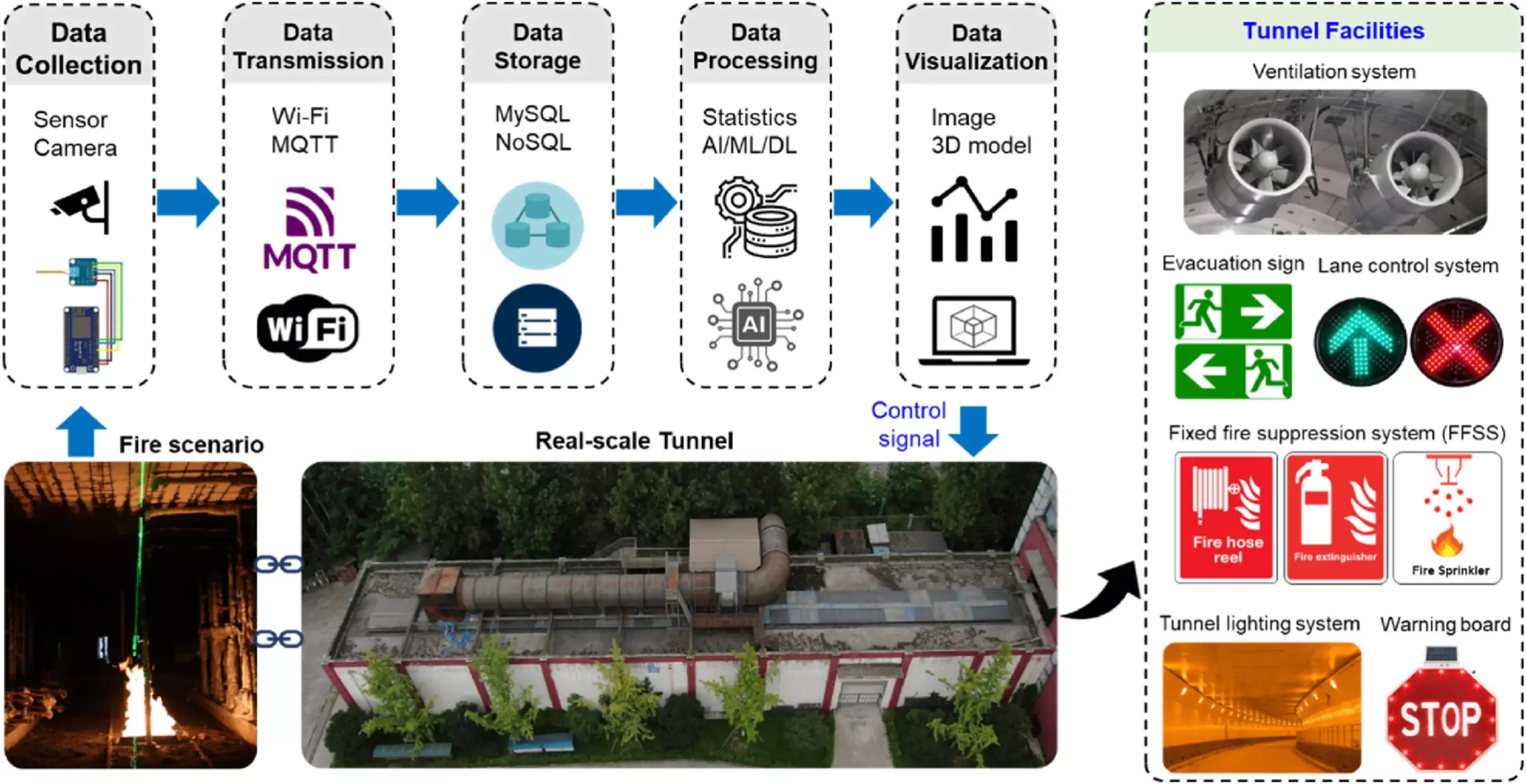As urban landscapes evolve and the number of high-rise buildings increases, the imperative for effective fire safety measures intensifies. With more densely populated areas, the potential for fire emergencies escalates, necessitating the need for innovative and resilient firefighting solutions. The Hong Kong Polytechnic University (PolyU) has taken a significant step in addressing these challenges through groundbreaking research led by notable experts in the field. The increasing frequency of fire incidents in high-rise structures underscores the critical need for smarter fire safety strategies, particularly in urban contexts where traditional methods fall short.
In response to these urgent issues, PolyU has initiated the “SureFire: Smart Urban Resilience and Firefighting” project. Spearheaded by Professor Asif Usmani and Dr. Huang Xinyan, this initiative embodies a multidisciplinary approach aimed at enhancing firefighting capabilities and resilience in urban settings. The recent 2nd International Smart Firefighting Workshop (SureFire 2024) held at PolyU served as a global platform for researchers and practitioners to discuss emerging fire safety technologies and methodologies. With participation from over 70 experts worldwide, the workshop not only presented innovative topics but also fostered collaborations that could lead to more effective urban fire safety solutions.
At the core of the SureFire project lies a system that integrates complex data-generating networks for real-time monitoring of urban environments. By employing advanced artificial intelligence (AI) techniques, this system offers the potential to continuously evaluate the state of fire safety mechanisms, diagnose emerging risks, and facilitate informed decision-making. This AI-based data analysis is a game-changer in urban fire management, as it allows for a proactive rather than reactive approach to fire safety.
During the workshop, discussions included significant advancements in fire safety design and the implications of new technologies, such as AI-based fire forecasting. These discussions highlighted the various facets of fire management, stressing the urgency for adaptable solutions in today’s rapidly changing urban landscape.
One of the standout innovations introduced by Dr. Huang and his team is the intelligent digital twin system, an unprecedented tool aimed at improving real-time fire risk assessments. By integrating an Artificial Intelligence of Things (AIoT) system with advanced computer vision, this digital twin can effectively map fire risks in real time before incidents occur. Such predictive capabilities not only inform firefighting strategies but also enhance evacuation procedures by identifying potential hazards, ensuring that both residents and emergency personnel are better prepared in the event of a crisis.
Real-life applications of this digital twin model have been validated through rigorous testing in various environments, such as tunnels and multi-story buildings. The results of these large-scale fire tests demonstrate the system’s ability to accurately forecast fire scenarios one to three minutes ahead of time, significantly aiding firefighting efforts and facilitating timely evacuations.
The SureFire system presents a transformative vision for fire safety management in urban environments. Dr. Huang noted that the potential for broader implementation of this technology extends to future buildings and infrastructures, thus increasing public safety and reducing casualties during fire emergencies. The ambition of the PolyU team is not just to innovate but to set standards that could revolutionize how urban centers manage fire risks.
To further enhance emergency management systems, collaborations are underway with property management companies both in China and internationally, facilitating the integration of the SureFire system across various urban infrastructures such as metro stations and high-rise buildings. Such collaborations aim to implement intelligent features like Smart Dynamic Exit signs that guide individuals during critical evacuation scenarios.
Looking forward, the development of autonomous firefighting robots stands at the forefront of the SureFire project’s initiatives. These robots promise to augment the capabilities of human firefighters, potentially eliminating human casualties during firefighting operations. As Dr. Huang’s team progresses in this endeavor, they are poised to position Hong Kong at the forefront of global smart city innovations.
The research and developments emerging from the PolyU SureFire initiative illuminate a promising path toward enhancing urban fire safety through advanced technology. With ongoing dedication and progressive collaborations, it is clear that the future of firefighting and urban resilience is not only achievable but within reach. The overarching goal remains straightforward yet ambitious: to ensure safer urban environments where technology serves as a vital ally in the face of fire emergencies.

